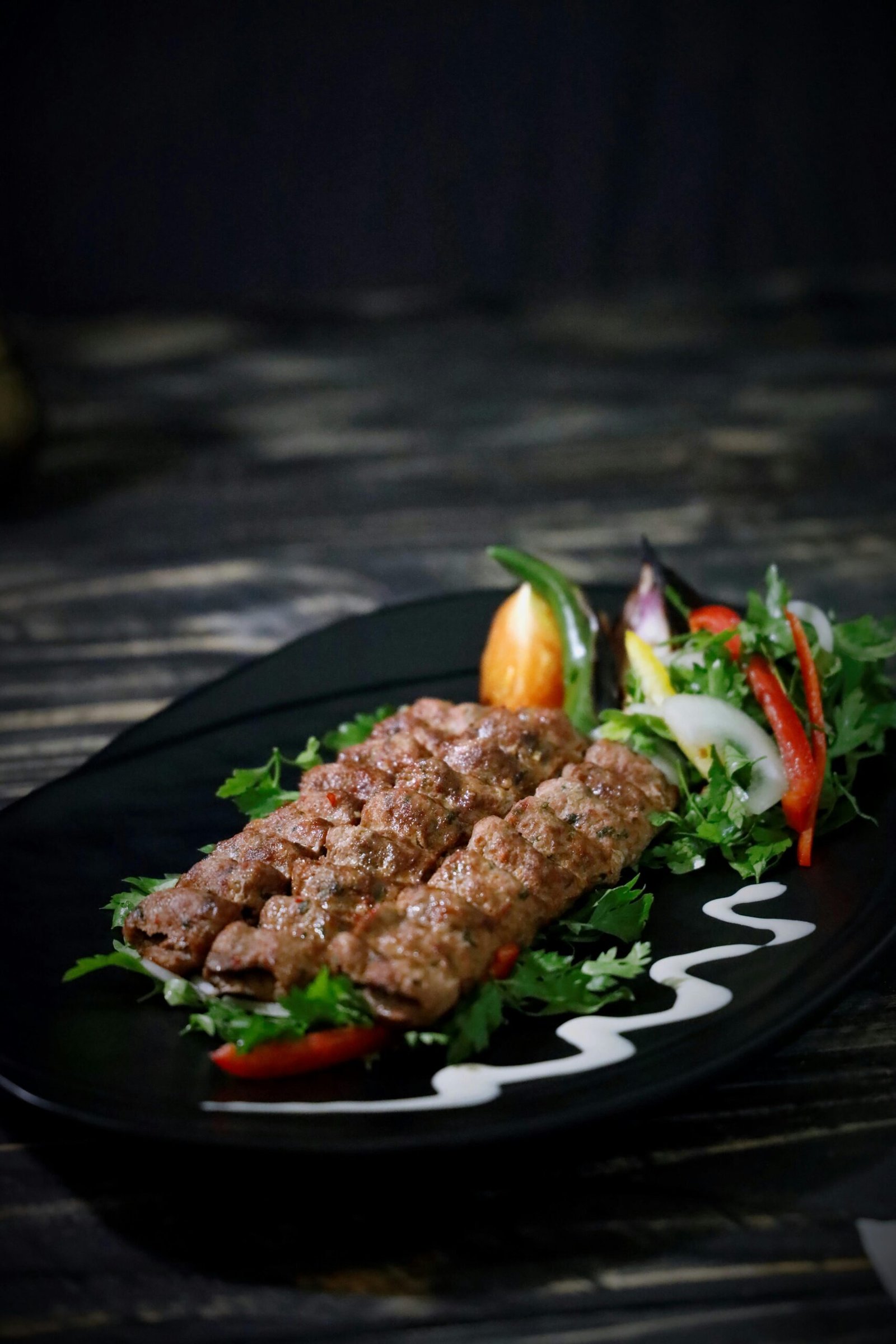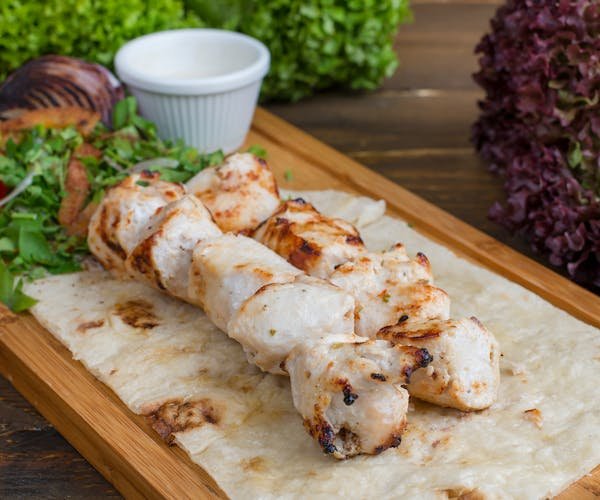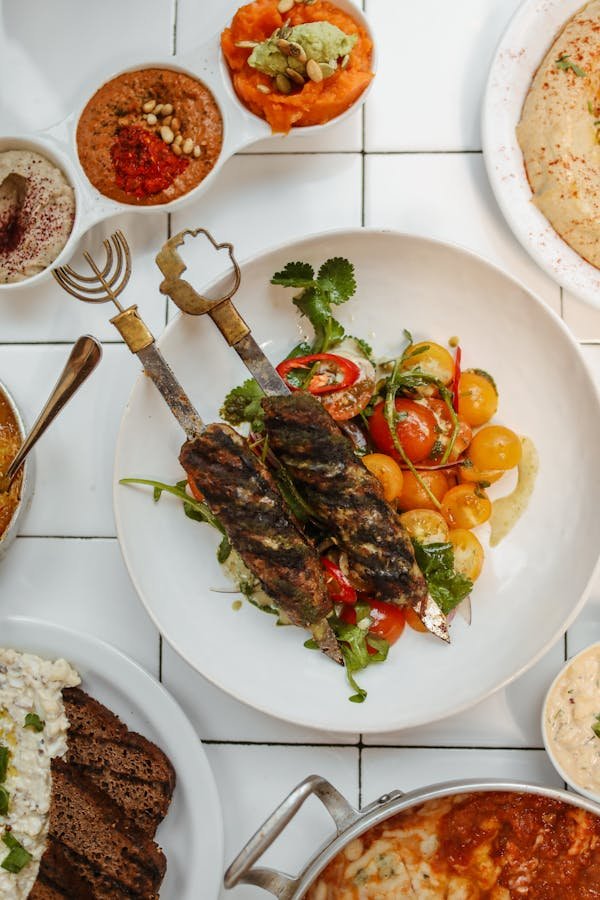Sahil Arya, Co-Founder & Director, The Old Delhi Restaurant, traces the evolution of kebabs in India, from street food to fine dining.
Without a doubt, Kebabs speak to everyone’s sense of pleasure. They are one of the few foods that have successfully travelled every trade route in history and have the largest vocabulary in the culinary lexicon. They are the most iconic and significant dish in any cuisine, and can be adapted into any meal plan or meal matrix. Kebabs can be the star of an amazing dinner, the chef’s special, the perfect partner for drinks, or even just a fast restaurant snack.
A Taste For Kebabs
Kebabs are widely believed to have originated in Persia and developed in medieval India. The taste of the dish is a clear indication of this. Kebabs have always been considered a delight, especially the holy trinity of doner, shami, and shish. The Great Genghis Khan, who is credited with popularising string kebabs, used cumin to flavour meat. This tendency developed over the next several years, driven in part by necessity, shifting tastes, the discovery of new ingredients, and in other cases by a passion for innovation and creativity in cooking.

Surprisingly, the latter Kebab gained status as a royal dish. The increase in popularity was undoubtedly contributed by the fact that people from many social classes enjoyed meat. This explains the popularity of the Kebab in conventional royal cooking, but the development and origin of the dish was a classic example of a struggle for imperial power, especially in the medieval period when the Kebab became the Kebab.
A Brief History
The first Kebabs to arrive on the culinary scene were either the Rajasthani Maas Ka Sooley or the Pashtun type, in which the meat was impaled onto a blade wrapped with a thread and cooked. These were mainstays of the diets of traders and soldiers, according to chroniclers like Ibn Battuta. But it wasn’t until the Delhi Sultanate was established that Kebabs gained a seat at the diplomatic table alongside the Sikandari Raan and the Khad Ghargosh. In order to give their kundazizi (wild fowl) a unique flavour, chefs of the period began adding pepper, marmalade, and citrus fruit. Babur adopted this technique in the 16th century when his chefs decided to blend Samarkand-sourced ingredients and cooking techniques with those from the new nation.
In addition to the early influence of Middle Eastern techniques, the early development of Kebabs in India was also a result of dynasties seeking to establish their identity and often adhering to the political ideologies of their rulers. Consequently, innovations that are regarded as the finest embodiment of the rule set apart each Mughal era.

Meat cooked in the style of a Kebab has been mentioned since the time of the Mahabharata. Mughal chefs transformed the pre-Mughal Kebab into a delicacy by enhancing it with spices, dry fruits, and cooking techniques, where the pre-Mughal kebab was more about marinating and open grill cooking, basically more rustic in nature.
Kebab Tales
However, Kebabs come with more than just variations. They also come with interesting food. For instance, the legendary Haji Murad Ali’s labour of love for the toothless Nawab, Galauti or Galawat Ke Kebab, is synonymous with the Kebab tradition of Lucknow and is a must on your itinerary.
Kakori Kebab, on the other hand, has its own claim to fame. The chefs of Nawab Syed Mohammad Haider Kazmi were instructed to optimize the seekh texture as much as possible to counter the snide remarks of a British visitor. After much research and hard work, the Kakori Kebab was born. The secret to the tenderness is the Maliabali mango used to tenderise the meat.
Modern Varieties
● Tandoori Kebab
This chicken Kebab has a sublime smoky flavour. The chicken is ground with curd, spices and a little lemon juice and roasted in a clay oven, or oven, to give it its distinctive roasted flavour. The finished product is a tender and juicy chicken with a beautiful yellow-brown colour.
● Seekh Kebab

Seekh Kebabs are the mainstay of Indian BBQ feasts. These round Kebabs are made with grilled lamb or chicken mixed with fresh vegetables and rich spices. The mixture is skewered and cooked under the grill until browned on the outside and moist on the inside. Seekh Kebabs are usually served with naan and mint chutney.
● Kalmi Kebab
There are some differences between other types of kebabs in India and Kalmi Kebab. Kalmi Kebab is made with both chicken and meat. It is creamy and fragrant like the spices that go into the cashew cheese mix of the Kalmi Kebab, and then added to other spices and hung curd that will leave you wanting more because it tastes so good.
● Malai Chicken Kebabs
Malai Kebab is a decadent delight that nicely highlights the creamy flavours of Indian cuisine. The stuffing of boneless chicken pieces calls for a combination of yoghurt, cheese, cream and aromatic spices. Then, it is grilled so that the Kebab is moist and smoky.

Dig In
Today, Kebabs stand out as one of the most loved dishes. They are available in several varieties with every chef adding his/her own touch to it. They are now accessible in both vegetarian and non-vegetarian varieties, satiating the taste buds of a much larger audience.











